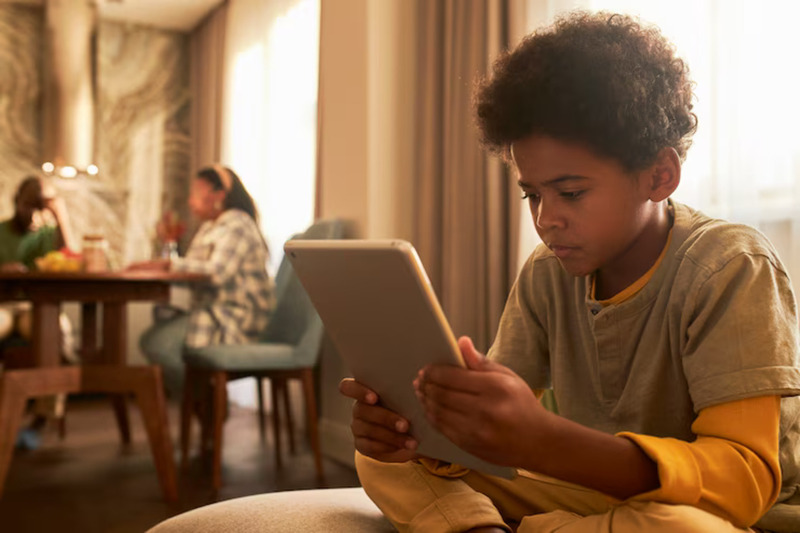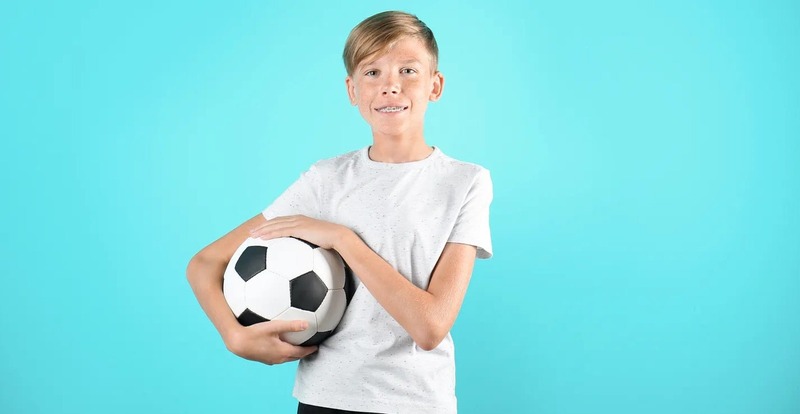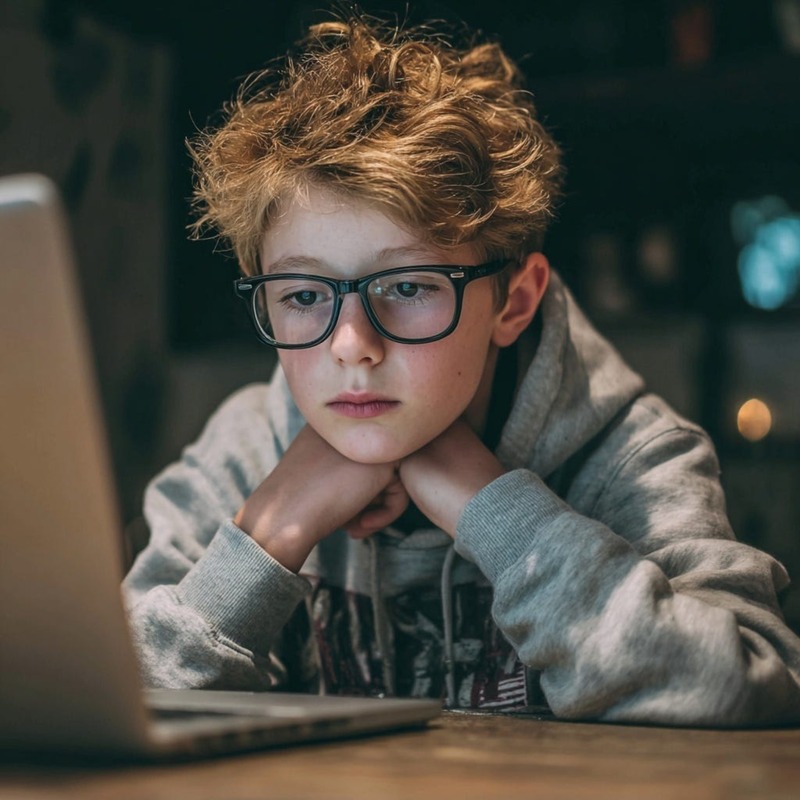Platforms were never built for safety. They were built for scale, for speed, and for surveillance. They weren’t designed to protect children; they were designed to extract value from them. And in the few short years since they’ve become the primary space where children play, learn, perform, and socialise, opting out has become near impossible. The digital world is no longer somewhere children go. It’s where they live. It is the infrastructure of their education, the language of their friendships, the mechanism for their identity formation, the source of their entertainment, and increasingly, the terrain where their mental health is either quietly protected or catastrophically derailed.
The same companies that built this digital dependence now try to position themselves as protectors. They release parental control tools. They form trust and safety advisory boards, then quietly remove the names of those members from their websites. They launch youth councils. Sit on conference panels. Fund research. Sponsor airport billboards and run ads in parenting podcasts.
They’re not backing away. They’re stepping in dressed in the language of concern, borrowing credibility from people who should have known better.
This is child safety washing.
Just like greenwashing once masked environmental damage with empty gestures, child safety washing is a PR strategy. It’s not about fixing real problems, it’s about trying to silence criticism. Greenwashing gave us the illusion of climate responsibility while emissions kept rising. Child safety washing offers the illusion of digital accountability while screen time, data harvesting, and child harm keep climbing.
What makes child safety washing so corrosive is not just that the platforms do it. Of course they do. Their business model demands it. What makes it dangerous is how many people who should know better are willing to help them.
The once-credible advocates who now appear in sponsored content, stand on tech-backed stages, co-author “resources” funded by the companies responsible for the very harms they once condemned. They trade hard-won trust for visibility. They accept funding in the name of partnership. They tell themselves they’re helping. But what they’re doing is laundering legitimacy for platforms whose core business model is still built on manipulating children and their parents for profit.
Meanwhile, the harm continues. Sexual Extortion, suicide content, grooming, hate speech, and eating disorder communities. Algorithmic self-harm spirals. Pathways to violent extremism. Attention fragmentation. Social distortion. Anxiety. The psychological weight of always being watched and always watching. This isn’t happening in the margins. It is the system. And still, parents are being sold safety in the form of new controls, new videos, none of which address the structural incentives that keep children engaged and exposed.
And behind the scenes, those who should be sounding the alarm are taking the cheques.
These individuals continue to speak in schools, appear in the media, and influence policy without always disclosing their financial ties. Grants and publishing soften research. Parenting organisations are building toolkits in collaboration with the very companies whose tools are damaging children. And the apps that were once transparent about their trust and safety advisory boards have erased the names of individuals on that board and replaced them with organisation names only, insulating decision-makers from scrutiny and amplifying partnerships with names that parents would be more familiar with.
Parents and educators are not being told the full story.
They’re being handed curated optimism, empty empowerment, and recycled advice. The funding disclosures are missing. There are no systems requiring online safety experts to declare who paid them, or what they’ve signed.
You cannot claim to advocate for child online safety while taking money from companies whose products cause harm, unless you are willing to disclose that relationship every single time. Not in buried footnotes. Not in small print on an “About” page. But in every talk, every article, every appearance. Without disclosure, it’s not collaboration. It’s deception. The cost is measured in the distress of children, in families left adrift, and in the slow erosion of public trust in those who claim to protect.







